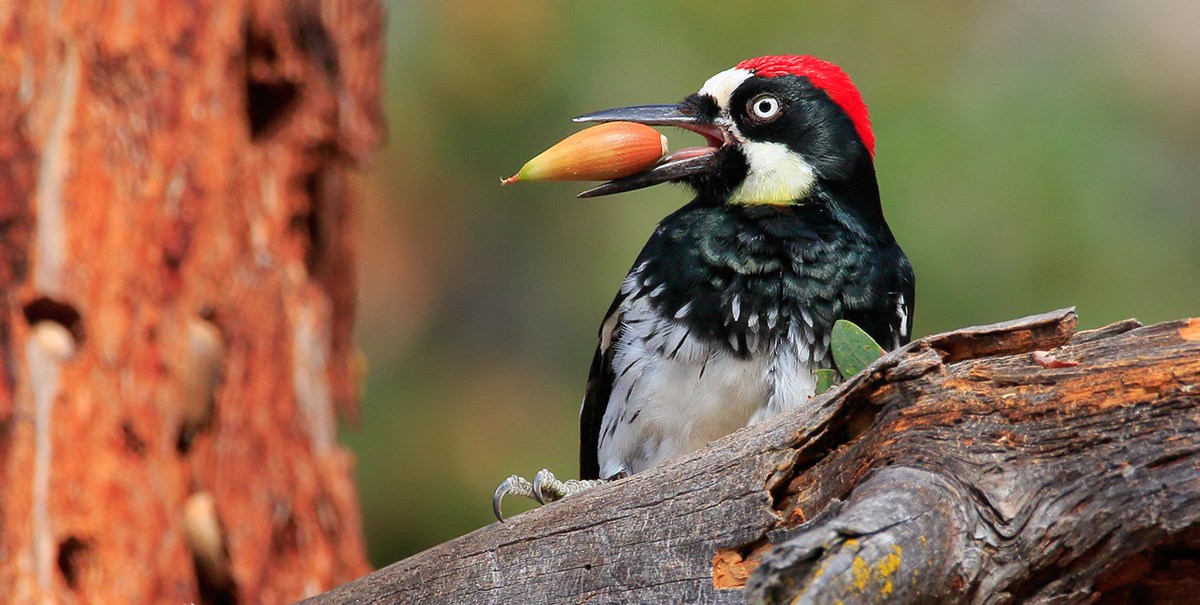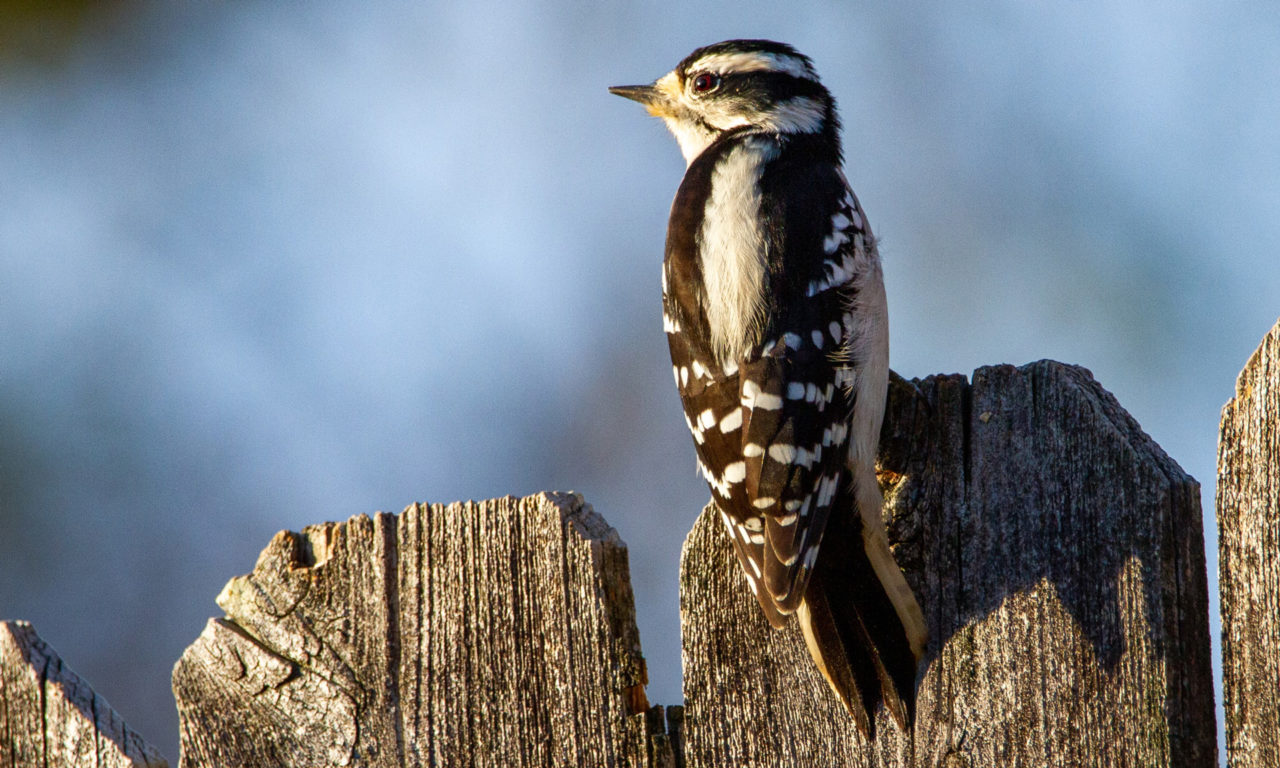Discover the Fascinating Globe of Woodpeckers: Whatever You Need to Know
The globe of woodpeckers is a realm loaded with unique actions, elaborate adaptations, and a varied range of species. From their environments and distribution patterns to their feeding behaviors and specialized anatomical functions, woodpeckers have actually long mesmerized the passion of ornithologists and nature lovers alike. Understanding the details of these interesting birds provides a look into the complicated interplay in between their biology and the environment. As we check out the globe of woodpeckers additionally, we reveal a riches of details that clarifies their relevance in communities and the obstacles they deal with in an ever-changing globe.
Woodpecker Habitats and Distribution
In North America, for instance, woodpeckers can be identified in both coniferous and deciduous forests, utilizing their solid beaks to forage for bugs and create nesting cavities in trees. In Africa, particular woodpecker types have adjusted to arid environments, such as the acacia forests, where they play a vital role in regulating insect populaces.

Feeding Behaviors and Diet
Among the various aspects of their behavior, woodpeckers exhibit distinct feeding habits and dietary preferences. These birds are primarily insectivores, with a diet that consists of ants, beetles, caterpillars, and various other pests located in trees. Woodpeckers utilize their solid beaks to drill into the bark of trees, probing for insects and larvae concealed under the surface area. In enhancement to bugs, woodpeckers likewise consume nuts, seeds, fruits, and sap. Some species have specialized tongues with barbed pointers that aid them remove bugs from gaps in wood.
Woodpeckers are recognized for their drumming actions, which serves not only to connect with various other woodpeckers but also to situate food. The fast drumming sound is developed by the bird pecking on powerful surfaces like dead trees or steel posts. This behavior can bring in bugs hidden in the timber, enabling the woodpecker to spot their presence and eat them.
Distinct Adjustments for Tree Climbing
In their experienced quest of insects concealed within tree bark, woodpeckers have advanced amazing physiological features that furnish them with click distinct adjustments for effective tree climbing. Among the essential adjustments is their zygodactyl feet, with two toes aiming ahead and 2 directing in reverse, supplying a solid grasp on tree trunks. This specific foot arrangement enables woodpeckers to stick to vertical surface areas effortlessly, enabling them to relocate up and down trees with dexterity. In addition, woodpeckers have tight tail feathers that function as an encouraging prop while they climb up, assisting in balance and security. Their strong, chisel-like beaks are not just made use of for boring right into wood however additionally for gripping onto bark as they rise tree trunks. Woodpeckers have solid neck muscular tissues and a distinct skull framework that soak up the impact of constant pecking, enabling them to climb up up and down without creating harm to their brains. These adaptations display the unbelievable evolutionary design that allows woodpeckers to navigate trees with accuracy and performance.
Diverse Woodpecker Variety Worldwide
With over 200 various types spread across various environments worldwide, the family Full Report members of Picidae incorporates an impressive variety of woodpeckers. These birds can be discovered in forests, woodlands, savannas, and even city locations, showcasing their versatility to different environments. From the iconic Northern Flicker in The United States And Canada to the vivid and elusive Crimson-backed Flameback in Asia, each woodpecker species shows one-of-a-kind attributes in terms of plumage, actions, and environment choice.
Woodpeckers differ substantially in dimension, with the small Downy Woodpecker determining around 6-7 inches in length, while the effective Lineated Woodpecker can reach up to 17 inches - Woodpeckers in Florida. Their beaks also can be found in various sizes and shapes, showing their feeding practices. Some species concentrate on drawing out pests from tree bark, like the Acorn Woodpecker, while others, such as the Black-cheeked Woodpecker, eat fruits and seeds
:max_bytes(150000):strip_icc()/GettyImages-1094628502-a831e9c1be004c05b057f488ff819127.jpg)
Preservation Initiatives and Challenges
Preservation efforts for woodpecker populaces are essential in mitigating the effect of habitat loss and other hazards encountering these varied bird species. Woodpeckers face various difficulties to their survival, mainly because of logging, urbanization, environment modification, and intrusive types. To attend to these concerns, preservation initiatives concentrate on securing and recovering woodpecker environments, carrying out lasting forestry methods, and increasing understanding regarding the significance of these birds in environments.
One considerable difficulty in woodpecker conservation is the fragmentation of their habitats, bring about separated populaces that are a lot more susceptible to extinction - Woodpeckers in Florida. Conservationists work to develop wild animals passages and safeguarded areas that attach these fragmented environments, enabling woodpeckers to move in between various Discover More areas for feeding, breeding, and sanctuary

Conclusion
In final thought, woodpeckers are remarkable birds with unique adaptations for tree climbing and feeding behaviors. Further research and preservation activities are required to guarantee the survival of woodpeckers in the wild.
Comments on “Woodpeckers in Florida: Nature, Ecology, and Preservation”